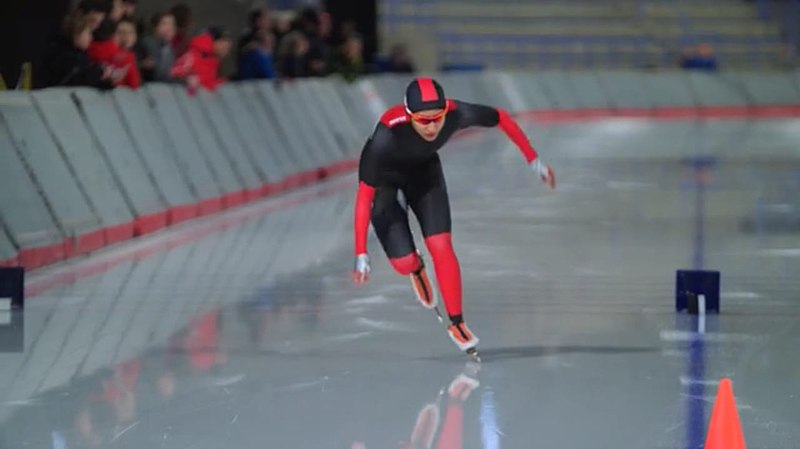
People like sports, but we tend to miss out on some of the more interesting ones because we are bombarded by football, basketball, hockey and all those very popular sports. That is alright, if we take some time to find the other sports which can be as entertaining, but less known.
One of such sports is speed skating. It is a fairly known sport, an Olympic Sport, after all, but it is not really that popular. In case you were wondering what speed skating is and where and when it came from, here is a brief overview.
The Origins of Speed Skating

Like most sports, speed skating has its roots in the distant past. Around the 11th century, people in Norway and the northern countries added bones to their boots in order to help them cross lakes and rivers that would freeze during winter.
But, skating has always been a sport for festivities, and not just a way of transporting oneself across a frozen surface. In the south, lakes and rivers would rarely if ever freeze to be stable enough for crossing. The more modern variant of skating was invented by a Scotish man who added iron blades to his skates in 1592. This enabled skating to spread, particularly speed skating.
Skating had its first official club in 1642 and the first competitions for men in 1763 and for women in 1809.
Modern Speed Skating – The One We Know
The 19th century saw an exponential growth of speed skating. From clubs to international races, skating became more popular. It needed a governing body to help regulate things and standardize them, particularly on an international level.
This led to the creation of the International Skating Union, in 1892. There were 15 participating countries at the founding of the union. The first world championship was organized in 1890. Distances of 500, 1,500, 5,000 and 10,000 meters were standardized for speed skating. Speed skating was noticed by a lot of people at the end of the 19th century, leading to the Olympic Games taking notice, as well.

Speed Skating and the Olympic Games
In 1914, an Olympic Congress meeting decided that speed skating should become an Olympic sport and added it to the next Olympic Games, the 1916 ones. Due to World War I, no Olympic Games took place until 1924, in Chamonix. The sport had its issues, particularly because of timing and measurements, because there were only old fashioned clocks. The 1960s saw to that with the mass production of electronic clocks. In the same decade, artificial ice was also added, to make sure that the conditions are perfect for the skaters. Today’s speed skating is either short track or long track.
Speed skating is a very fun sport, so if you can skate, why not try going faster?





